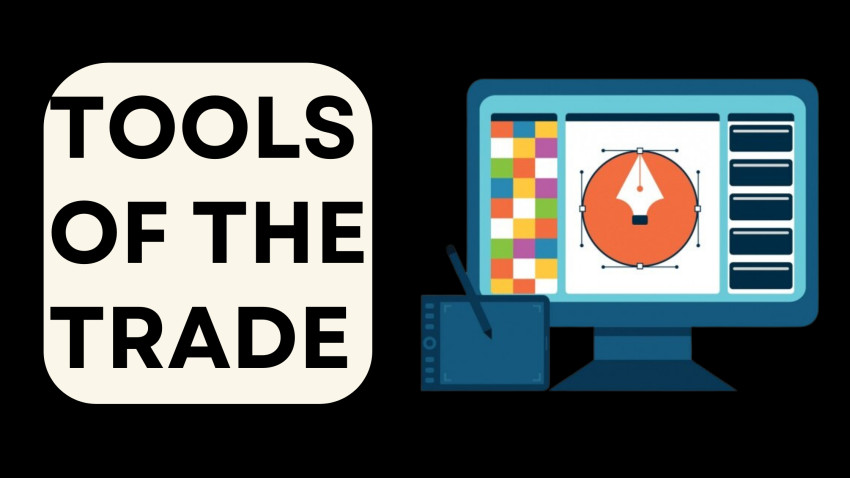
Blog Title: A Comprehensive Guide on Transforming Icons into Vectors
First of all,
Icons are essential to contemporary design because they provide a clear means of communicating ideas. Working with raster icons, however, may make you less flexible. This video will cover the process of turning icons into vectors, which will give designers a plethora of new options. Accompany us on this life-changing adventure!
Content of the Blog:
Section 1: Comprehending Vectors and Icons
Icons are used extensively in design as visual signals that convey concepts succinctly. Raster icons can have drawbacks, though. To set the stage for the conversion procedure, we'll examine the distinctions between raster and vector graphics in this section.
Part 2: Instruments of the Craft
Having the proper tools is crucial before beginning the training. We'll look at some common graphic design programmers, with an emphasis on Illustrator because of its vector features. Discover the features and tools that will make the converting process go smoothly.
Section 3: Get Your Raster Icons Ready
Setting up your raster icons is an important step in the conversion process. We'll walk you through the optimization methods to make sure the switch to vector format goes smoothly. These actions—which range from background removal to resolution adjustments—are essential for a flawless conversion.
Section 4: A Comprehensive Conversion Procedure
Let's get started now! This section will provide you a thorough, step-by-step tutorial on using Adobe Illustrator to convert your icons to vectors. We'll go over every step in detail, from importing your raster icons to perfecting the vector paths.
Section 4.1: Bringing in Raster Images
Examining file formats
Bringing icons into Illustrator
Section 4.2: Capabilities of Image Trace
Comprehending the Image Trace utility
modifying the parameters for the best outcomes
Section 4.3: Tightening Vector Routes
Adjusting the anchor points
curves being smoothed for a glossy appearance
Section 4.4: Style and Color
Adding color to vector icons
looking for possible styles
Section 5: Vector Icon Export
The next step is to export your icons in a format that can be used after they have been transformed. We'll go over the benefits of the SVG format and walk you through the export options to make sure it works on different devices.
Section 6: Vector Icons' Advantages
Emphasize the benefits of using vector icons, including compatibility, scalability, and versatility. Examine how using vector icons can improve responsive design and streamline processes.
Section 7: Advice and Optimal Methods
Provide a few pointers and best practices for handling vector icons as you wrap up the course. Talk about things like keeping your vector files organized, adhering to current design trends, and preserving a consistent design aesthetic.
In conclusion, congrats! You've done a great job turning raster icons into adaptable vectors. Accept the increased flexibility and imaginative opportunities that vector graphics provide. Enjoy your design work!




